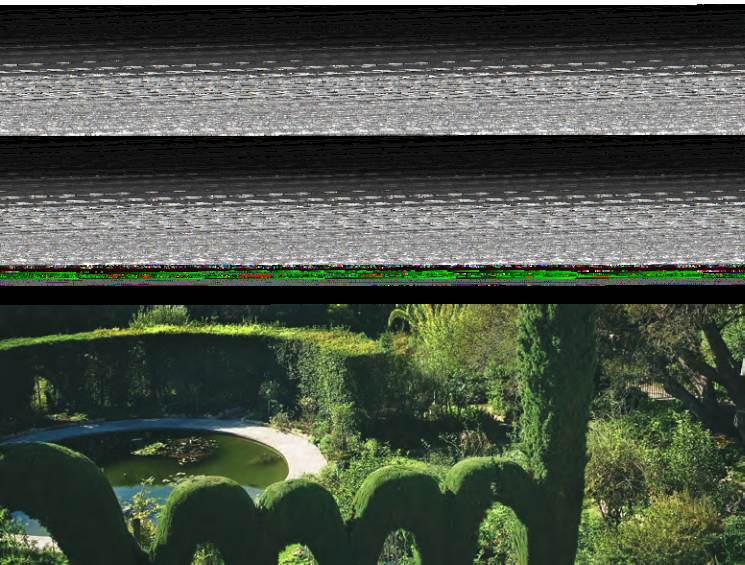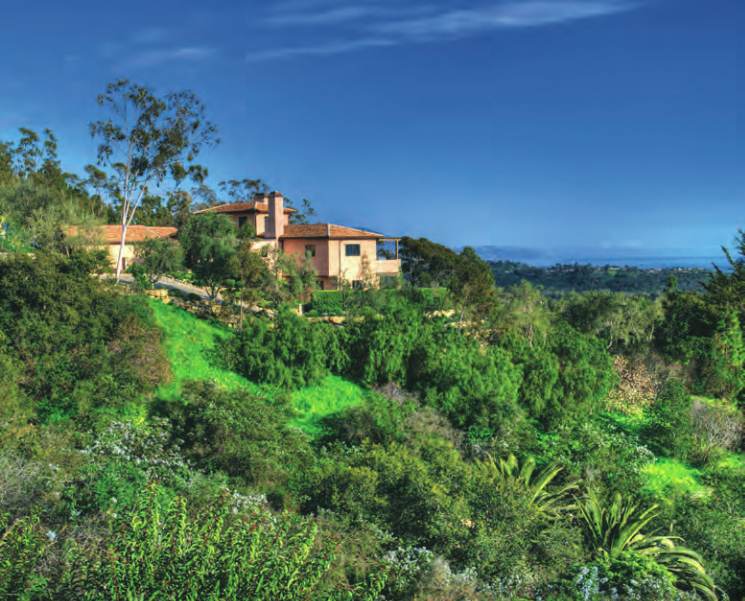Basic HTML Version





64
spr ing
|
summer
Cottage Hospital
Knapp was a great supporter of Cottage Hospital. He funded an x-ray
machine in 1914 and a tennis court for the recreational use of off-duty
nurses in 1915. He and his second wife, Louise, began a tradition of
underwriting Easter dinners for patients, and Louise regularly found little
treats, such as theater tickets, to give to the nurses. In 1918, he joined C.
K. G. Billings and Frederick Forrest Peabody in funding a new research
wing for the hospital. He served as president of the board from 1919-1920
and personally recruited two noted doctors for Cottage Hospital: Dr.
Franklin R. Nuzum and Dr. William David Sansum.
When Knapp became aware of the overcrowding at the Nurses’ Home,
the Victorian building of the original hospital, he set out to do something
about it. The young trainees were sometimes crammed six to a room, plus
it was cold in the winter having an antiquated and inadequate heating
system and hot water supply. Knapp contributed the bulk of the funds for
a new building designed by Carleton Monroe Winslow. The new facility
would house the college as well as contain the residence for the nursing
program. After his wife’s death in 1924, the college was renamed the
Louise Savage Knapp College of Nursing.
Knapp also saw to it that the hardworking student nurses had
opportunities for rest and recreation. He used one of his mountain
lodges, Laurel Springs on Painted Cave Road, as a retreat house. The
1928
Caduceus
, the College’s yearbook, is dedicated to Knapp, calling
him a “friend-guide-benefactor, whose kindly interest in the profession of
nursing enhances our ideals of service and increases our happiness….We
Knapp College of Nursing (Courtesy Santa Barbara Historical Museum)
have been fortunate in being allowed the continued use of Laurel Springs
Lodge, and from the short vacations spent there have received fresh energy
and enthusiasm for our work.”
Mountain Fever
In the 1910s and ‘20s, the trend for wealthy Santa Barbarans and
Montecitans was to establish wilderness lodges. Reflecting on this burst of
mountain development, the
Daily News
said, “Pioneers of the mountains
have relinquished their holdings to men with money, and at values hardly
dreamed possible a few years ago.”
In 1916, Knapp purchased 160 acres at the top of the range eight miles
east of San Marcos Pass. There, among the blooming yucca and pungent
pitcher sage on a promontory of land with commanding views of the
Santa Ynez River and the mountains beyond, Knapp built a shingled
lodge whose cold-water sandstone foundations edged the precipice. The
lodge had every modern convenience, plus a pipe organ on which Dion
Kennedy played anthems to the setting sun.
Other buildings that dotted the property included a stone-arched
studio, a workman’s cottage, a dorm for 6 servants, and a superintendent’s
house set in a hollow away from the lodge.
In 1931, Knapp installed lighting on the nearby waterfalls and built a
platform from which to view them. Piped in organ music accompanied
the nighttime spectacle. That same year he added an observatory to
the property. Knapp sold the lodge to Frances Holden, professor and
Knapp Lodge on East Camino Cielo with observatory tower on the right
(Courtesy of Kaye Wright)

